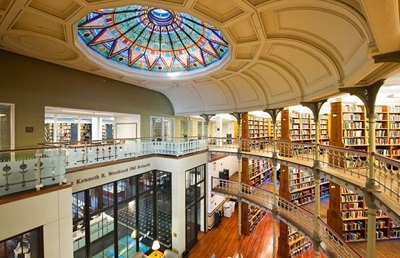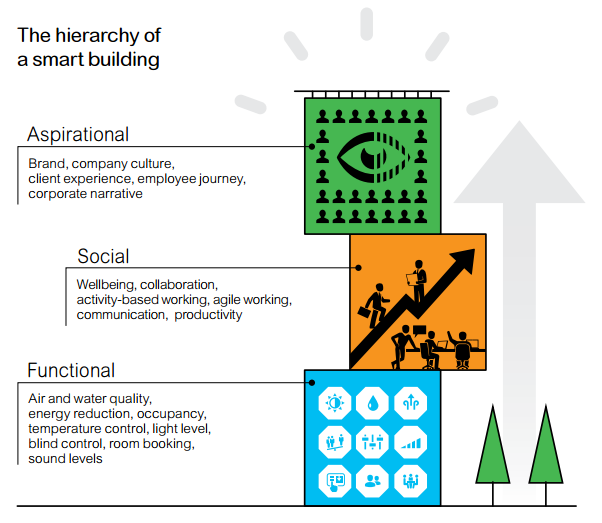Code Green Solutions


My longtime business mentor likes to say I’m a plant that requires sunshine for photosynthesis. While this isn’t literally true, of course, I feel best when I’m in view of natural light. I also prefer a quiet environment for work and studying, and still have fond memories of this gorgeous old library at Lehigh University.
Clearly I’m not the only knowledge worker with strong preferences for my working environment. A new report, “Activate to Collaborate: the evolution of the smart office,” by Preeti Bajaj, vice-president of strategy and transformation at Schneider Electric, addresses this smart building intersection of sustainability, and worker comfort and productivity.
“In most commercial buildings today, the building management system only regulates critical plant systems, but the next generation of integrated control and management system can do so much more.” Ms. Bajaj writes that the evolution of smart buildings creates an opportunity to enable more collaborative experiences, fostering human connection.
“Whilst many current buildings have some [networked nodes and sensors], none of them are as smart as they could be…. We see the major drivers for investment in technology and building design as the need for innovation, increased productivity and talent attraction.”
“The IoT is converging with real estate to create an ecosystem where every aspect of the building can be connected – in effect the building will be a neural network.” Apps will be at forefront of a new personalized work experience.
With flexible sensors technology, these are ideal uses for Sensware technology.
The Activ8 Model
Based on their research, the report authors have defined the “Activ8 model,” a framework for the next generation of building. Activ8 defines the eight elements of a smart building: insightful, green, fluid, personalized, healthy, productive, shared, and effective.
Of the many smart building examples cited in the report, ANZ Bank was able to identify which workspaces were most occupied and brought in new, modular furniture to optimize the use of space.
Smart Building Initiatives in Context
According to Jon McCormick, President of Brookfield GIS, in some cases, sustainability initiatives have actually compromised the quality of the indoor environment. Clearly a workplace that supports human health is also vital. Much like a decision to shower only once per week, an action that reduces water use must be considered rationally, within the wider context.
Flexible, Activity-Based Workspaces
Smart buildings can enable workers to adjust to changing requirements by offering a variety of spaces for quiet, solitary work, collaboration space, and ad-hoc community areas. While benefiting workers, this can also enable the efficient and optimal use of every part of an entire building. Shifts towards “Activity Based Working” also have the potential to reinforce team culture and group cohesiveness.
“There is the opportunity now to provide algorithmic feedback,” explains Renee Nutbean, Future Trends Analyst at ISPT. Ms. Nutbean continues to state that the type of useful metrics a smart building now needs to deliver include voice recognition to recognize a lack of useful discussions. Unfortunately, I expect that technology judging whether conversations are productive will be widely considered disturbing. As with many IoT applications, privacy must be taken into consideration.
There is excellent potential for smart offices to advance comfort and convenience for knowledge workers. Now if autonomous cars can alleviate miserable commutes, I wouldn’t mind shifting from working from home to the in-office life again.